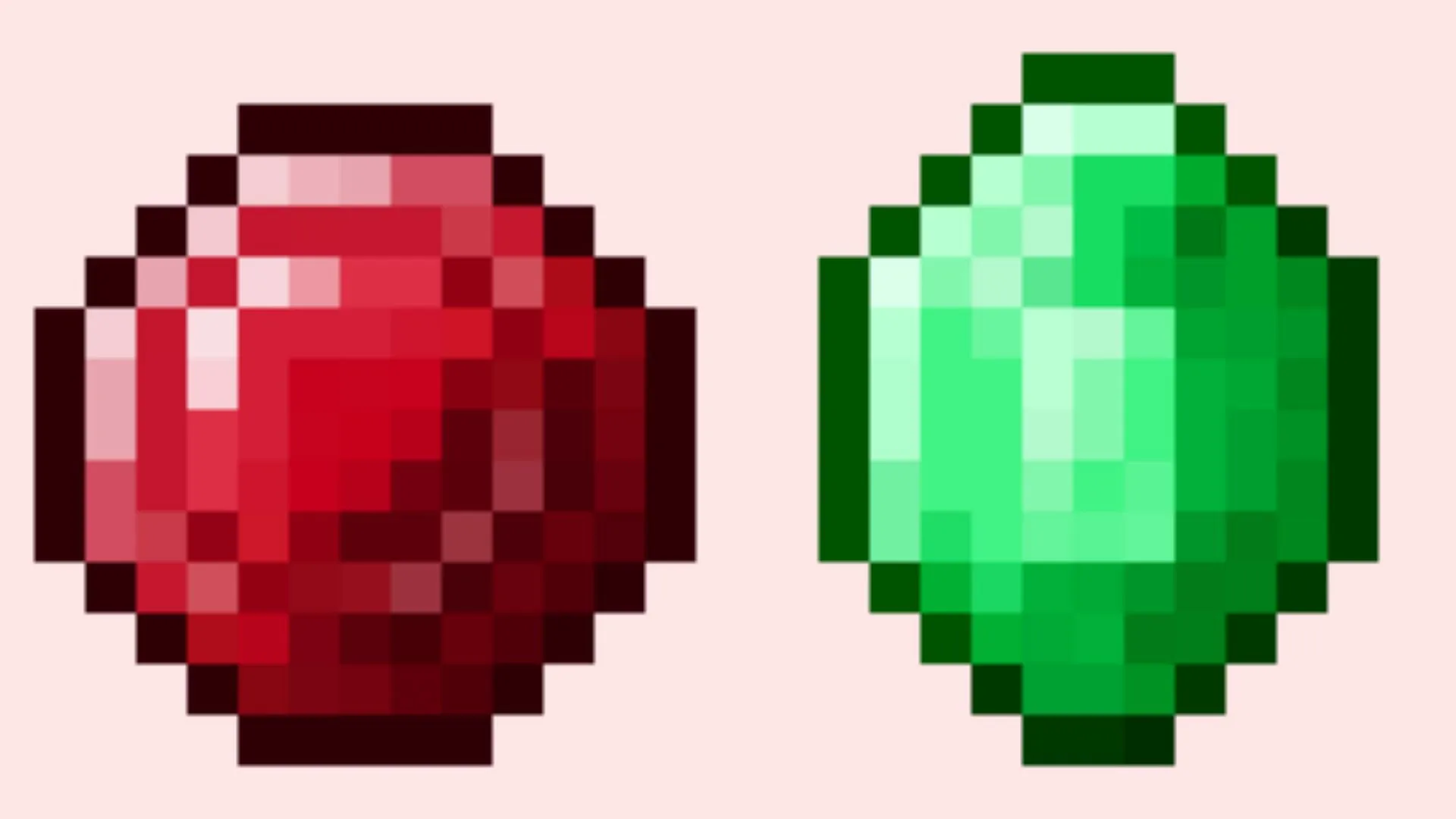In the vast world of Minecraft, players have the opportunity to acquire emeralds as a form of currency, which can then be exchanged with villagers for valuable items and resources. This system was a pioneering feature in the game, allowing transactions for specific goods. Interestingly, emeralds were not the initial currency envisioned by Mojang; the concept of rubies predated the implementation of emeralds.
This article delves into the intriguing history and development of rubies, highlighting their initial design as a currency in Minecraft.
The Journey of Ruby in Minecraft
A Historical Overview of Ruby as Currency

Following the official launch of Minecraft in 2011, Mojang actively sought to enhance the gaming experience by introducing new features. In 2012, they contemplated adding a fresh currency to enable players to trade with villagers.
Jens Bergensten, a senior developer at Mojang, showcased an early screenshot of the trading interface, which hinted at the forthcoming integration of rubies as the game’s currency. This image marked the first visual representation of rubies in the context of Minecraft’s economy.
Despite their initial introduction, rubies did not remain part of the game for long; Mojang opted to transition to emeralds as the in-game currency.
During the development of an update, emeralds were introduced in the Java Edition snapshot 12w21a. Interestingly, the texture for rubies was still present in the game files under ‘items.png,’ highlighting the remnants of their earlier concept.
Alongside emeralds, the update also showcased emerald ore; however, it initially bore a texture intended for ruby ore due to an oversight. In later snapshots, Mojang rectified the texture for emerald ore and refined the overall appearance of emeralds.
Why Emerald Surpassed Ruby as the Preferred Currency

The decision to substitute emerald for ruby was influenced by practical considerations. Dinnerbone, a member of Mojang’s team, revealed his struggles with color blindness—specifically red-green color blindness—which made it challenging to differentiate between ruby and redstone ore.
Mojang recognized that this issue could impact a significant portion of their player base. Consequently, they made the strategic choice to implement green emeralds, ensuring that no two ores or minerals in the game shared similar colors. This modification improved clarity for all players, particularly those with color vision deficiencies.
Stay updated with the latest Minecraft news and features:


